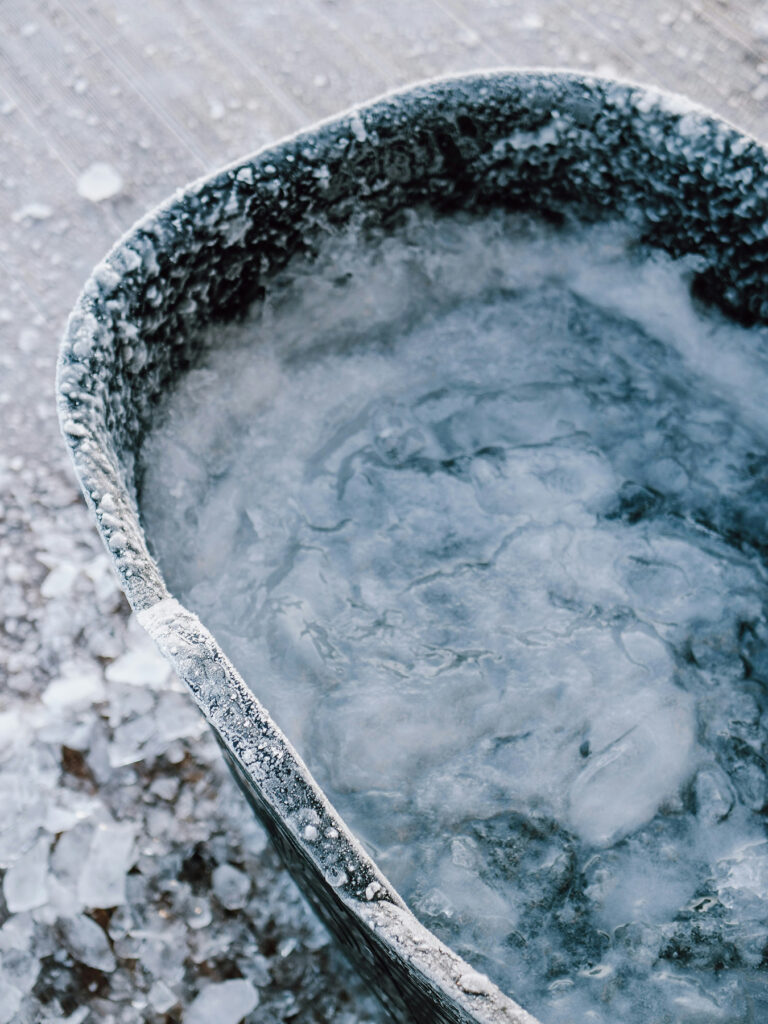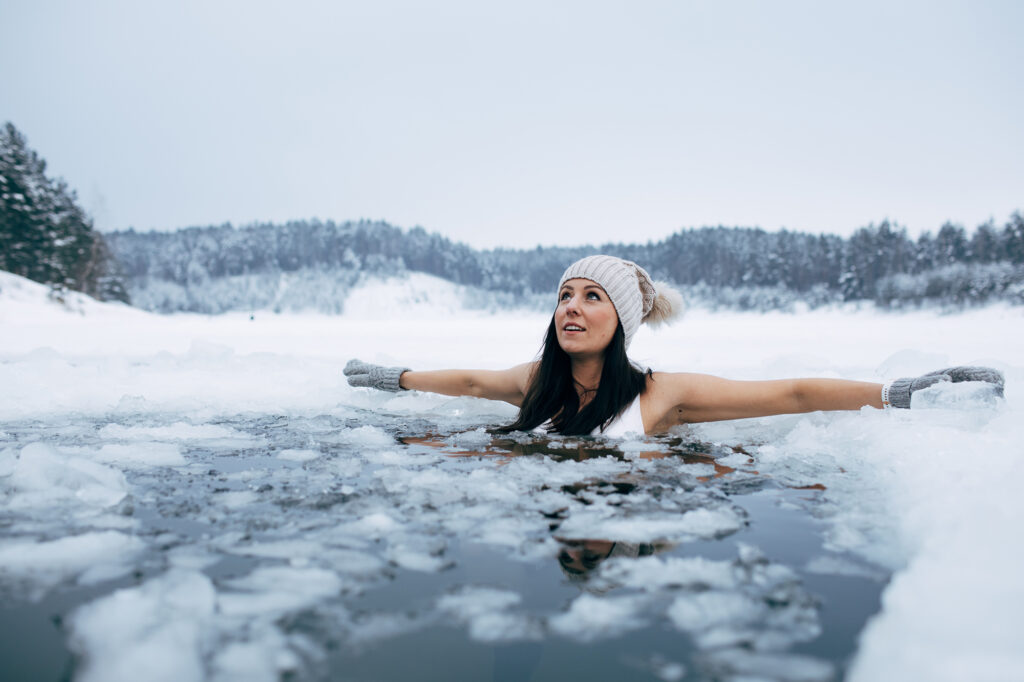Ice baths, or cold-water immersion, have a storied history that spans centuries. From ancient civilizations to modern athletic practices, the use of ice baths has evolved significantly. This blog post delves into the key dates, inventions, and prominent figures that have shaped the history of ice baths.
Ancient Civilisations and Early Practices
Ancient Egyptians and Greeks
The use of cold water for therapeutic purposes dates back to ancient Egypt and Greece. The Egyptians believed in the healing properties of cold water and often bathed in the Nile River. Similarly, the Greeks, particularly Hippocrates, who is often called the “Father of Medicine,” advocated for the use of cold water baths to treat various ailments.
Roman Influence
The Romans were also strong proponents of cold baths. Roman baths, known as thermae, included a frigidarium, a cold pool used to refresh and invigorate bathers.
This practice was part of the Roman ritual of bathing, which also included hot baths and steam rooms. The Romans believed that alternating between hot and cold baths could improve circulation and overall health.
The Middle Ages to the Renaissance
Decline and Resurgence
During the Middle Ages, the use of baths, including cold baths, declined in Europe due to the spread of diseases like the Black Plague and a general mistrust of communal bathing.
However, with the Renaissance came a resurgence in the interest in ancient practices, including bathing. Cold water baths regained popularity as part of the broader revival of classical medical knowledge.
18th and 19th Centuries
In the 18th century, cold water therapy became more structured and systematic. Dr. John Floyer, an English physician, published “The History of Cold Bathing” in 1702, advocating for the benefits of cold water immersion for treating diseases and maintaining health.
This publication played a crucial role in rekindling interest in cold baths in Britain and beyond.
The Development of Hydrotherapy
The 19th century saw the development of hydrotherapy, a form of therapy using water to treat illness and promote well-being. Vincent Priessnitz, an Austrian farmer, is often credited with popularizing hydrotherapy in the 1820s.
He used cold water to treat injuries and illnesses and established a hydrotherapy institute in Gräfenberg, Austria. His methods gained international attention and were further developed by other practitioners, such as Sebastian Kneipp, who integrated hydrotherapy with herbal medicine and exercise.

Modern Era: The Rise of Ice Baths in Sports
20th Century Innovations
The 20th century marked a significant evolution in the use of ice baths, particularly in sports medicine. In the 1960s and 1970s, sports scientists and athletes began to systematically study and apply cold water immersion to aid recovery.
The practice became more widespread, especially among professional athletes seeking to reduce muscle soreness and enhance recovery post-exercise.
Prominent Figures
Several prominent figures in sports have contributed to the popularity of ice baths. American marathoner Alberto Salazar, for instance, was known for his rigorous training regimen, which included regular ice baths to aid recovery.
Similarly, Australian swimmer Ian Thorpe used ice baths as part of his training and recovery process, helping to bring the practice into the public eye.
Scientific Validation
In recent decades, numerous studies have validated the benefits of ice baths. Research has shown that cold water immersion can reduce inflammation, decrease muscle soreness, and accelerate recovery. This scientific backing has solidified the role of ice baths in modern sports medicine.

Contemporary Practices and Innovations
Ice Bath Technology
The modern era has seen significant advancements in ice bath technology. Today, athletes and fitness enthusiasts have access to a range of sophisticated ice bath systems, from portable ice tubs to high-tech cryotherapy chambers. These innovations have made cold water immersion more accessible and effective.
Widespread Use in Sports
Ice baths are now a staple in the recovery protocols of athletes across various sports, from football to tennis. High-profile athletes like LeBron James, Cristiano Ronaldo, and Andy Murray regularly use ice baths to maintain peak performance.
This widespread adoption underscores the importance of cold water immersion in contemporary sports science.
Wellness and Beyond
Beyond sports, ice baths have gained popularity in the wellness industry. Advocates like Wim Hof, known as “The Iceman,” have promoted the benefits of cold exposure for general health and well-being.
Hof’s methods combine cold exposure with breathing exercises and meditation, attracting a global following and further popularizing ice baths.
Conclusion
The history of ice baths is a fascinating journey that spans from ancient civilizations to modern athletic practices. From the Egyptians and Greeks to contemporary athletes, the use of cold water immersion has evolved significantly.
Key figures like Dr. John Floyer, Vincent Priessnitz, and Wim Hof have played pivotal roles in this evolution. Today, ice baths are an integral part of sports medicine and wellness, backed by scientific research and embraced by athletes worldwide.
As we look to the future, it is likely that the popularity and application of ice baths will continue to grow, driven by ongoing research and technological advancements. Whether for recovery, health, or well-being, ice baths remain a powerful tool in the quest for physical and mental resilience.

